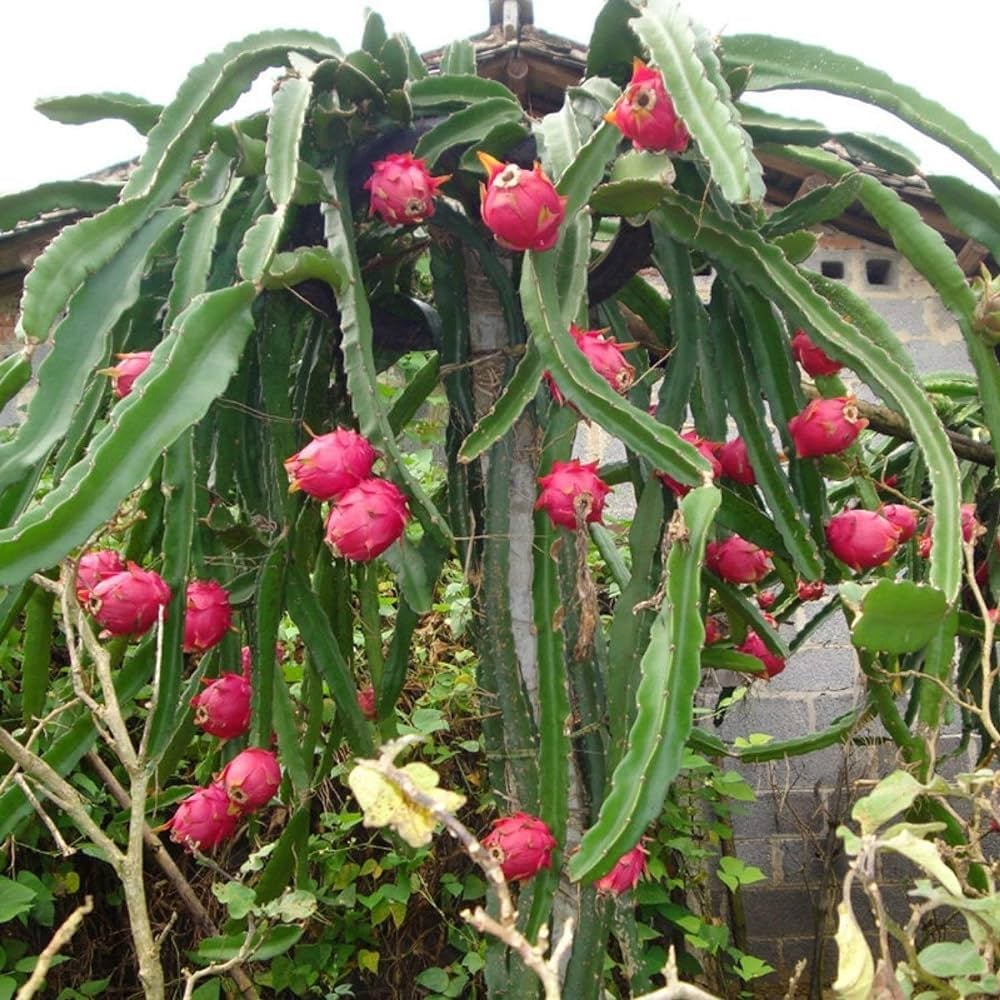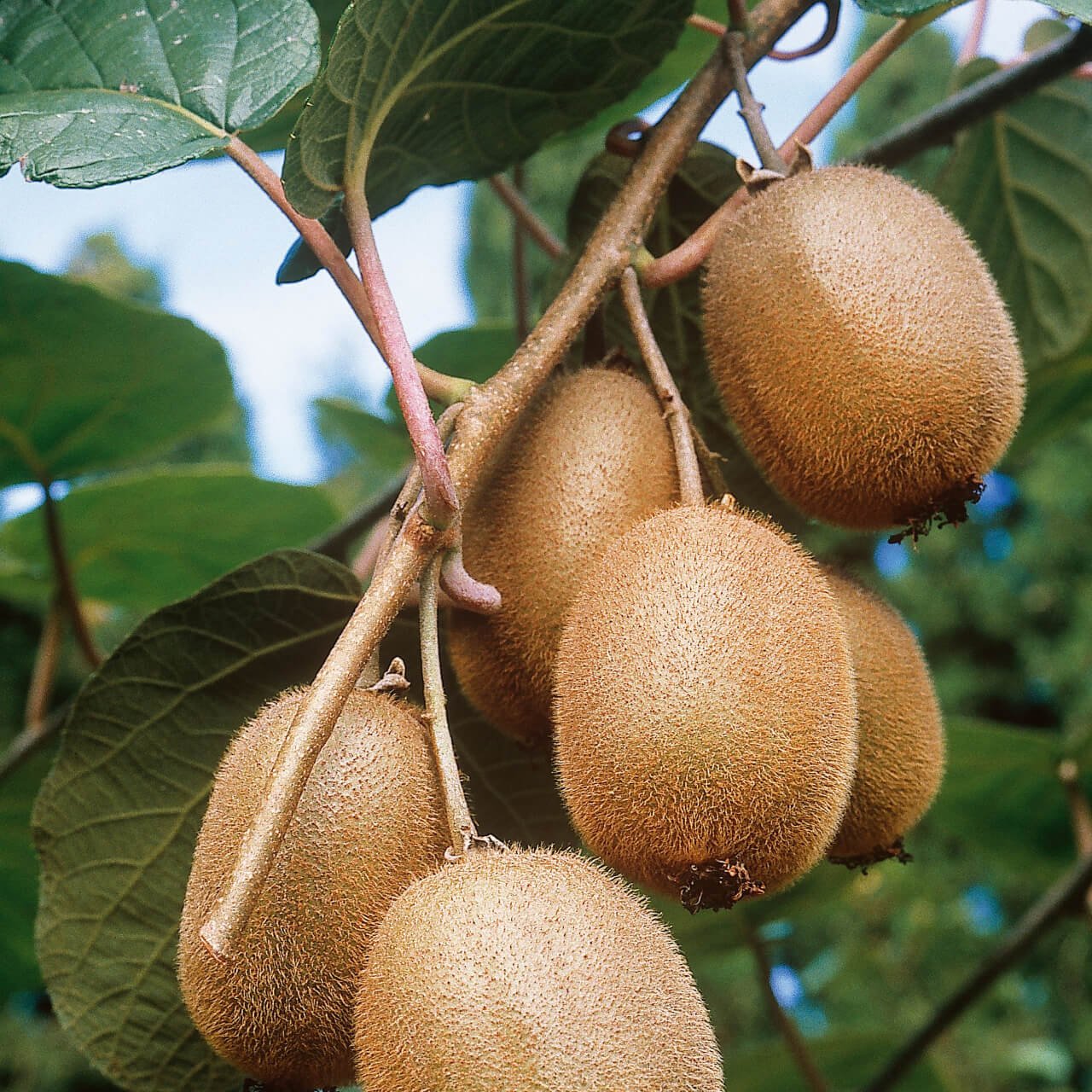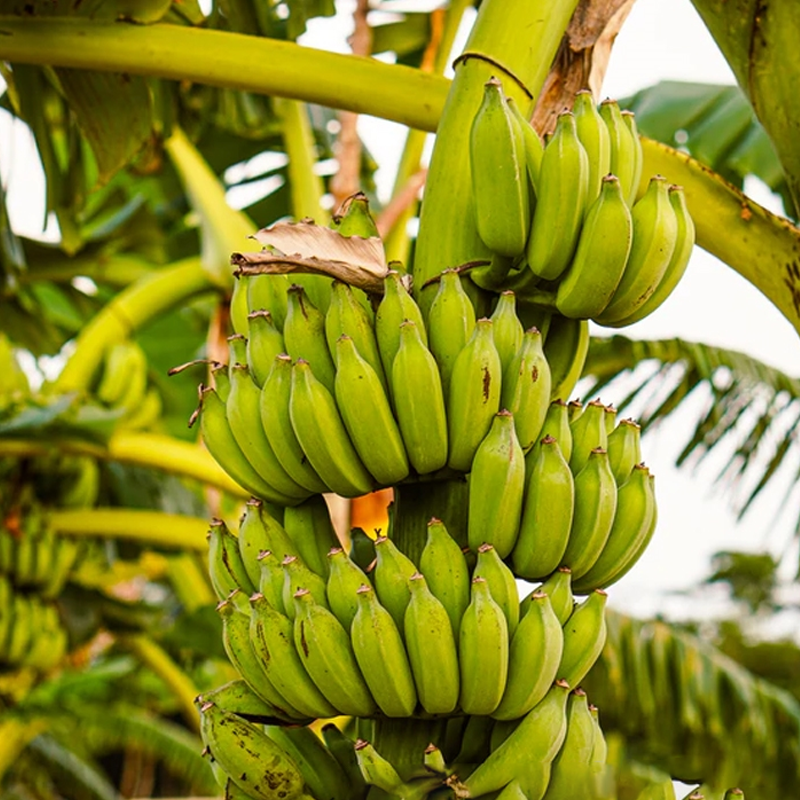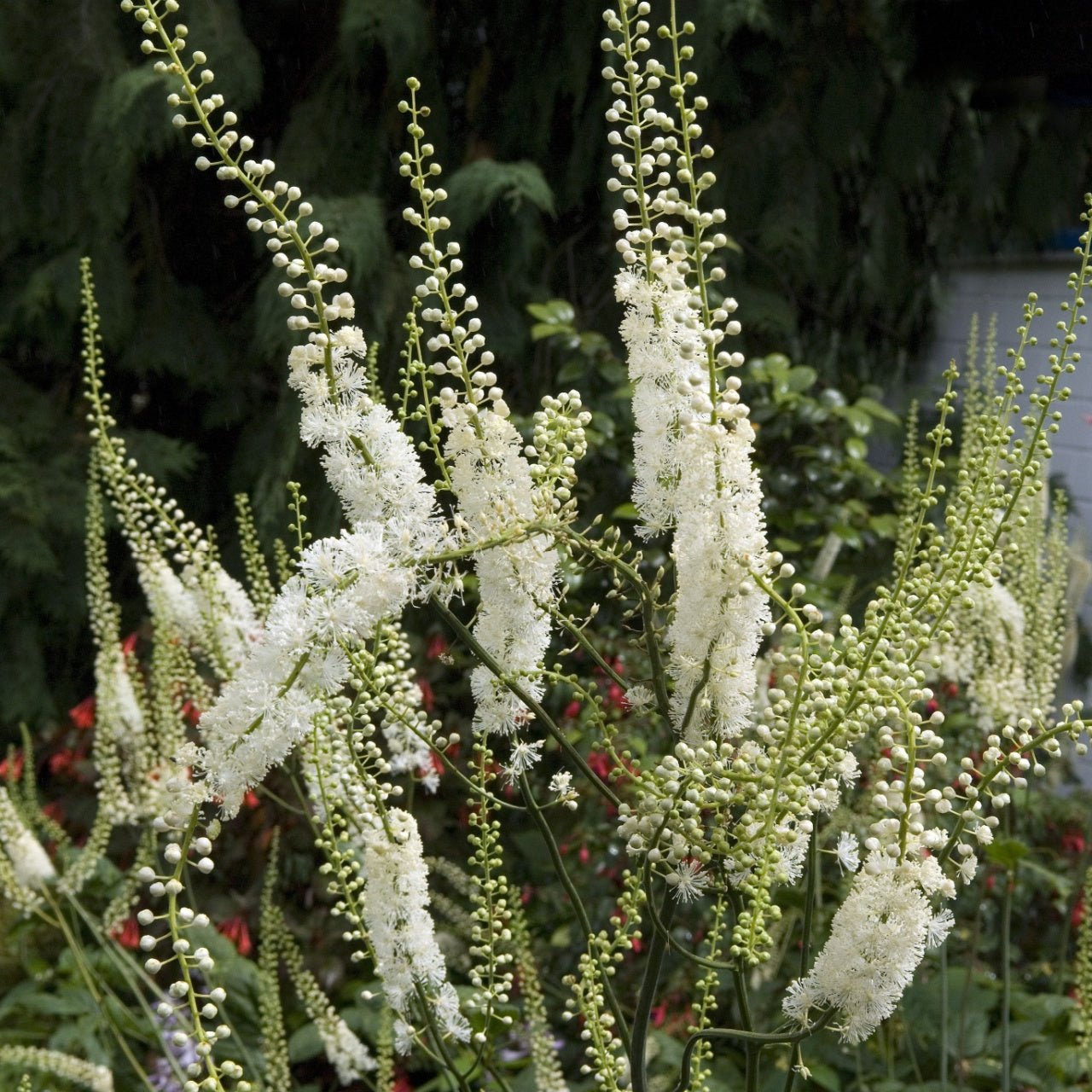
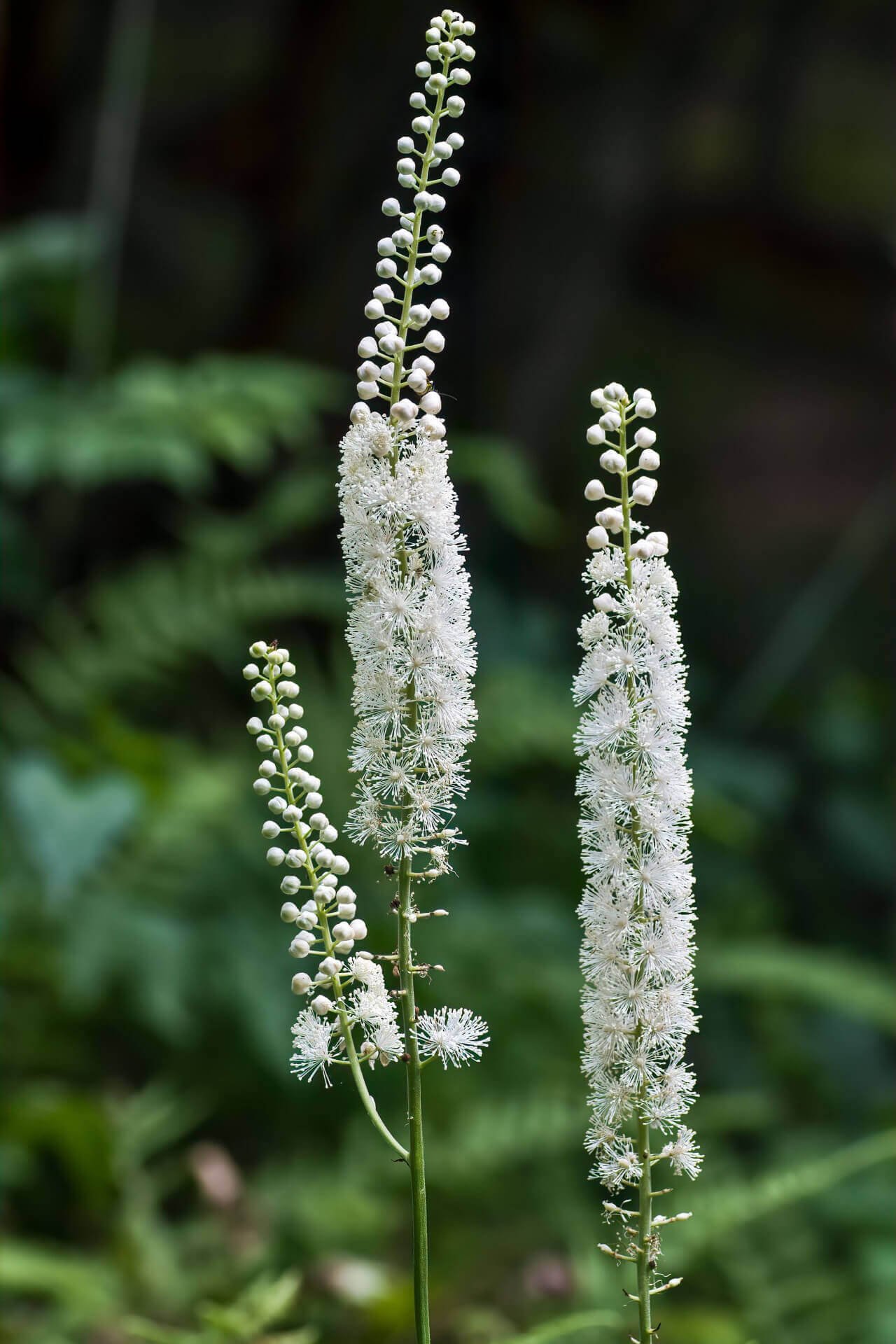


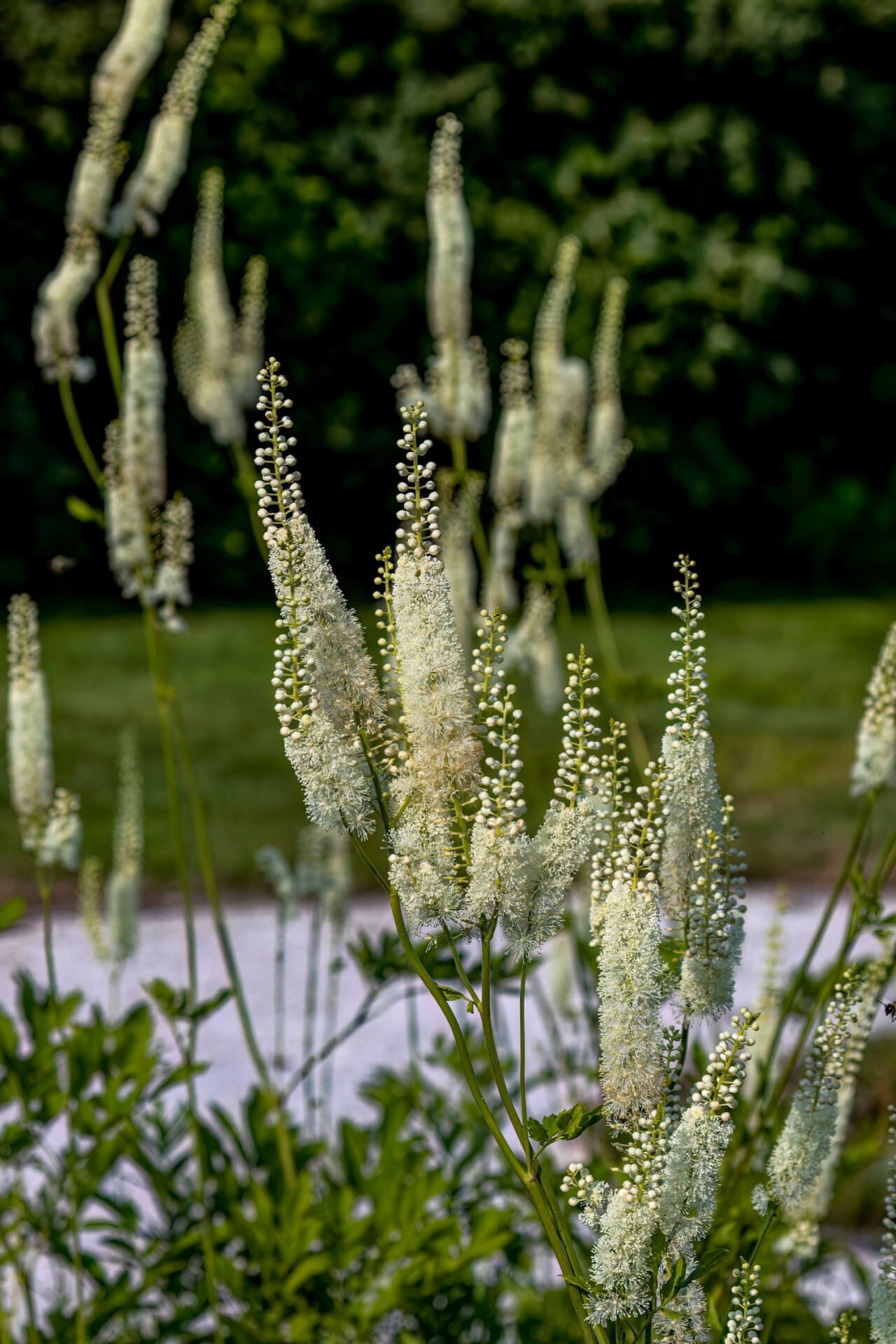
Black Cohosh Plant
Adds unique beauty to gardens
Low maintenance perennial plant
Attracts beneficial pollinators
Thrives in
ZONE 4ZONE 5ZONE 6ZONE 7ZONE 8ZONE 9This plant ships:
NowBlack Cohosh - Actaea racemosa
Black Cohosh Is Easy to Plant and Maintain
Black Cohosh Bloom Time and Color Changes
Life Cycle and Longevity of Them
Shape and Foliage
This Is How Your Plants Will Look upon Delivery

Bloom Season
Spring
Bloom/Foliage Color
White
Height at Maturity
Over 12"
Care
Black Cohosh prefers well-drained, rich soil. Keep the ground consistently damp but not saturated. It benefits from occasional feeding with a balanced fertilizer. Remove dead foliage to encourage new growth and protect it from harsh winter conditions.
Plant Reproduction
Black Cohosh spreads by dividing its rhizomes in the spring or fall.
Shipping date depends on the date displayed and chosen when you order from the product's page.
We only accept returns on plants verified dead. If you think your plants have died, we offer a 1 year warranty, please use this File a Claim Link to verify dead plants and start with return warranty process.






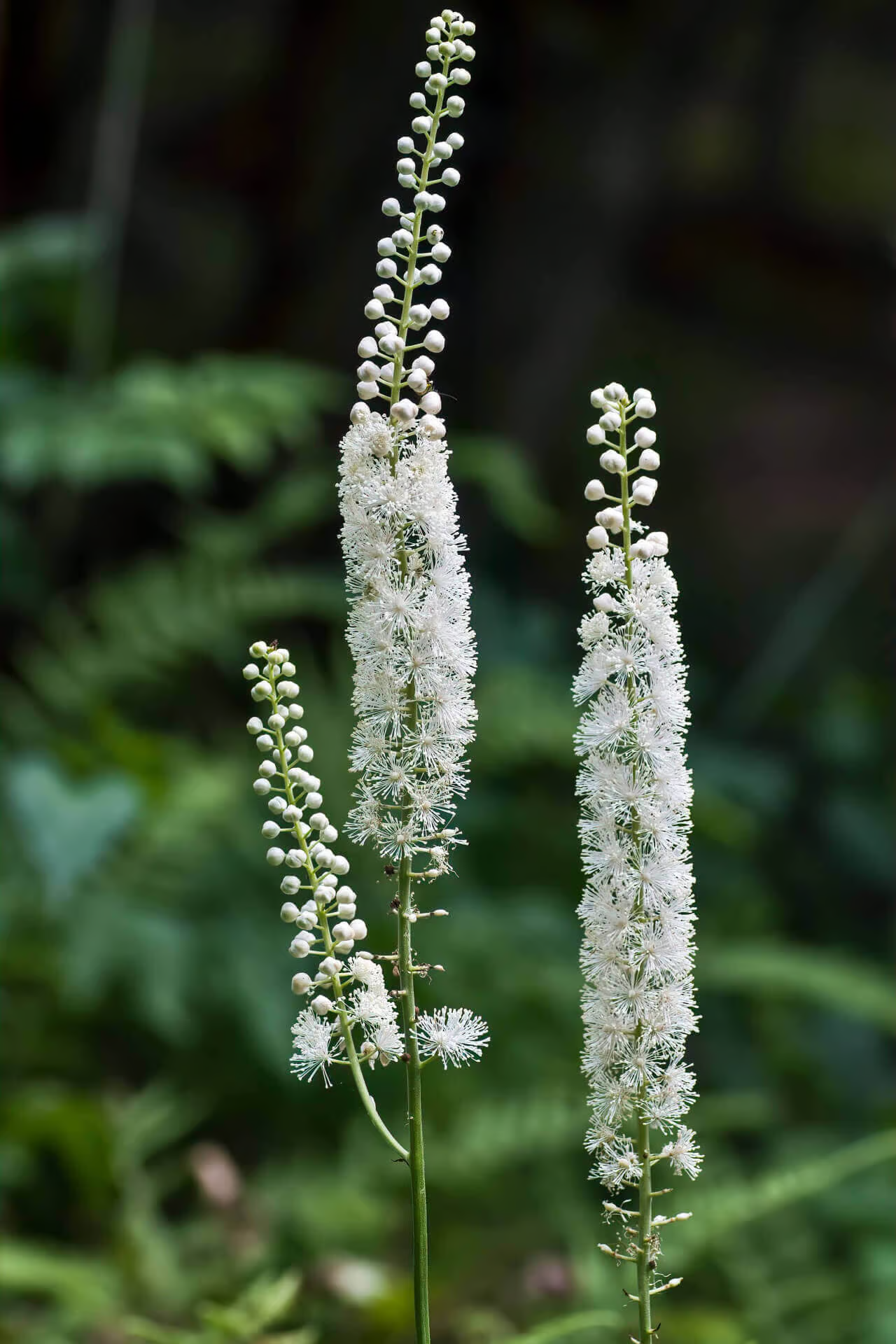
Attractive Blooms:
Black Cohosh features tight clusters of white flowers that bloom from late spring to early summer. The blossoms emit a sweet fragrance, adding charm to your garden.
Bush-Like Structure:
The plant grows in a bushy, hedge-like form, making it a substantial presence in the garden. Once established, it becomes a standout feature in shade or woodland areas.
Long-Lasting Flowers:
The blossoms can last for up to three weeks, with blooming times varying from June to September based on geographic location. This extended bloom period enhances garden interest.
Medicinal Value:
Black Cohosh has been used in traditional medicine for its potential therapeutic properties. While not a replacement for professional medical advice, its historical use adds a layer of historical and cultural significance to this plant.
Caring Tips
How do I care for my Black Cohosh Plant?
Each box contains detailed care instructions and information about your product. But here's the basics.
Care Tips
Black Cohosh prefers well-drained, rich soil. Keep the ground consistently damp but not saturated. It benefits from occasional feeding with a balanced fertilizer. Remove dead foliage to encourage new growth and protect it from harsh winter conditions.
Light Requirements
Black Cohosh flourishes in part to full shade. It prefers dappled light or light filtered through taller plants or trees. This environment helps it achieve its best growth and flowering, protecting it from harsh direct sunlight.
Hardy Planting Zones
4 • 5 • 6 • 7 • 8 • 9
Header
Use this content to share information about your store and products.
Frequently Asked Questions
How often should I water my plants?
How do I know if my plant is getting too much or too little sunlight?
What should I do to prepare my plants for winter?
What are the signs that my plant needs fertilizing?
How can I prevent pests from damaging my plants?
How do I choose the right plant for my climate zone?



